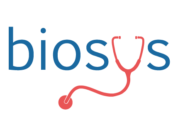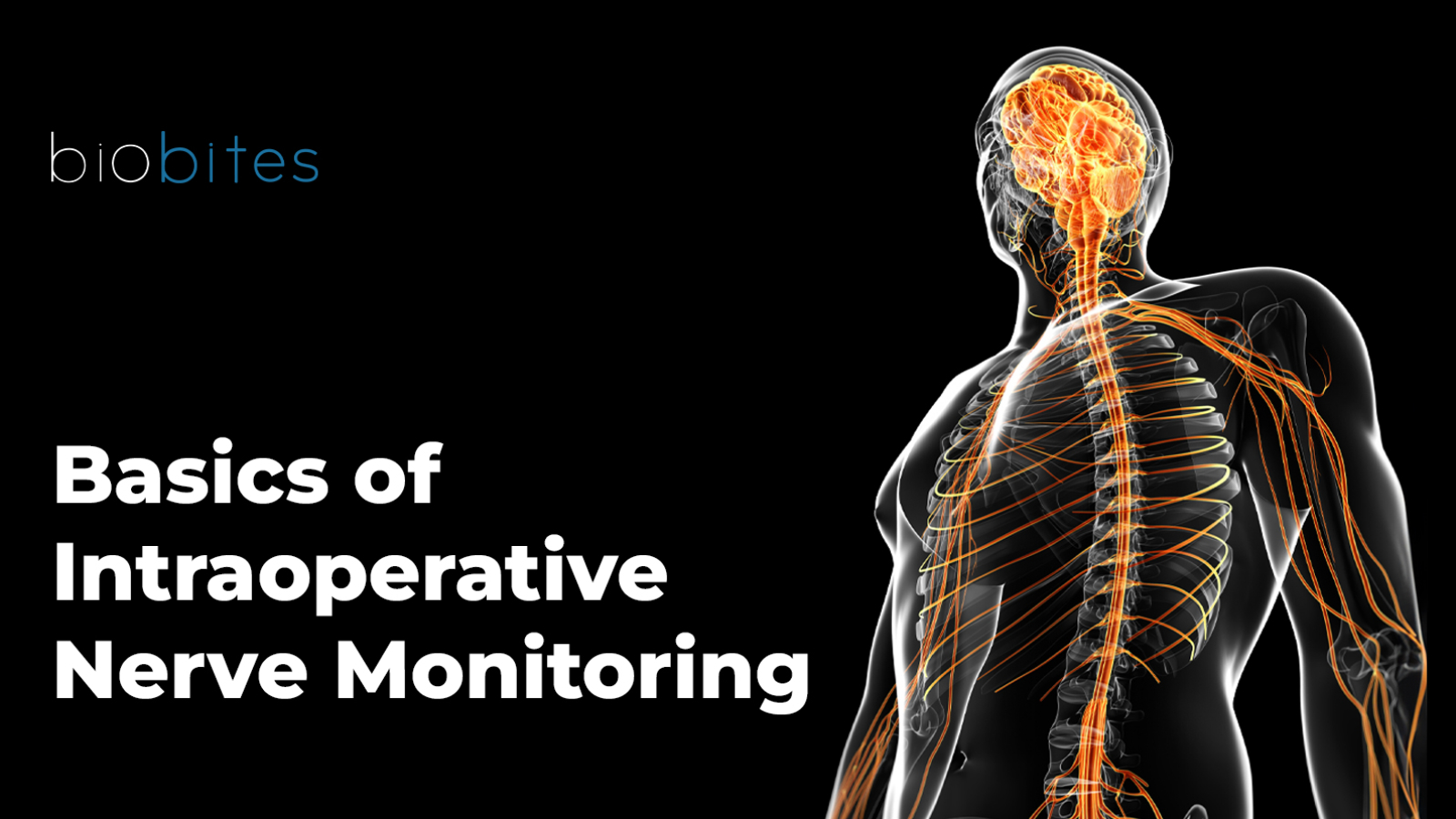Intraoperative nerve monitoring is a neurophysiological technique that enables real-time monitoring of nerve function during surgical procedures. This method is employed to preserve the anatomical and functional integrity of nerves. IONM serves as a critical tool, particularly in surgeries where there is a risk of nerve injury, by helping to localize nerves and prevent potential damage.
How Is It Used?
IONM is implemented through the use of devices and electrodes that monitor the electrical activity of nerves. The basic steps are as follows:
- Surface or needle electrodes are placed either directly on the target nerve or on muscles innervated by that nerve. The muscular responses to stimulation are then recorded.
- Low-voltage electrical stimuli are delivered to areas near the nerve within the surgical field.
- The signals generated by these stimuli are continuously monitored on the device screen in real time. Any indication of nerve injury or functional impairment is immediately communicated to the surgeon.
Applications of IONM
IONM is utilized across various surgical fields to enhance patient safety. Its primary applications include:
- Brain and Spinal Surgery: Used in procedures involving areas close to the spinal cord, brainstem, and cranial nerves.
- Head and Neck Surgery: Particularly important in thyroid and parathyroid surgeries for the preservation of the recurrent laryngeal nerve.
- Cardiac and Thoracic Surgery: Crucial for protecting nerve structures surrounding major blood vessels.
- Orthopedic Surgery: Employed in scoliosis and spinal correction surgeries to prevent spinal cord injury.
- Peripheral Nerve Surgery: Essential for preserving nerve function during procedures such as tumor removal or nerve grafting.
Advantages of IONM
- Prevents nerve injury.
- Enhances surgical safety.
- May reduce the duration of postoperative rehabilitation.
- Provides real-time feedback to assist and guide the surgeon during the procedure.
Recent Advances in Intraoperative Nerve Monitoring
In recent years, one of the most notable developments in the field of IONM has been the integration of artificial intelligence-based analysis systems. These systems are capable of interpreting signal changes in real time and can alert surgeons in advance of a potential risk of nerve injury. Monitoring systems integrated with robotic surgery platforms allow surgeons to perform complex procedures with increased precision and safety. Additionally, telemonitoring technologies enable experts to provide remote support to surgical teams, making the use of IONM feasible even in centers with limited access to advanced technology. These advancements not only enhance patient safety but also contribute positively to surgical outcomes.
Frequently Asked Questions
1) Is the use of neuromonitoring mandatory in all surgeries?
No, the use of neuromonitoring is not required for every surgical procedure. However, in operations where there is a risk of nerve injury nerve preservation is of critical importance. In such cases, neuromonitoring facilitates safer surgical intervention by helping the surgeon avoid nerve damage.
2) Is a neuromonitor available in every hospital?
No, not all hospitals are equipped with neuromonitoring systems. University hospitals, training and research hospitals, and some private medical centers—especially those performing advanced surgical procedures—are more likely to have access to this technology.
3) Are neuromonitors operated by doctors?
Neuromonitoring is typically conducted by a neurophysiology technician, clinical neurophysiologist, anesthesiologist, or a healthcare professional trained in this field.
References
- Chansakul C, Nair DR: Evoked potential monitoring. In:Farag E (ed), Anestesia for Spine Surgery. Cambridge, 2012:89-105
- James ML: Anesthetic consideratşons. In: Husain AM, (ed), A Practical Approach to Neurophysiological Intraoperative Monitoring. Demos Medical Publishing, 2008:55-56
- Kothbauer KF, Novak K: Intraoperative monitoring for tethered cord surgery: An update. Neurosurg Focus 16: E8, 2004

